Early digital cameras, colloquially referred to as digicams, and later compacts and superzooms that were profusing the market before the days of smartphones, are inadvertently fitted with CCD sensors as the heart of their system. CCD sensors are well known for the high-quality images that come with a different look and feel, sometimes said to be film-like, when compared to images captured on current CMOS sensors. Cameras like these are still plentiful and available today, all for the wanting.
On that notion, I asked Bing AI, a straight question, "Are CCD Sensors The Alternative To Film?", and the answer was an equivocal;
"Yes, CCD sensors are an alternative to film. CCD cameras are up to 100 times more sensitive than film and have a greater dynamic range, capturing both faint and bright details in a single exposure..."
For those who are up to the challenge, and the fulfillment that can be derived, digital cameras fitted with CCD sensors are available in abundance at the auctions, available at very low prices, with some needing only a new battery or charger and a small capacity SD card to get it going. I believe that the low start you are embarking on is a real saving, and the results you will be getting are mind-blowing.
A pair of such cameras worth looking at is the Olympus VR-330 and VR-320 14MP CCD sensor compact superzoom from Olympus's Small Sensor Superzoom class camera series.
Olympus VR-330 and VR-320 Compact Superzooms
The Olympus VR-330 and VR-320, a pair of 14MP compact superzooms with a small CCD sensor (6,17 x 4,55 mm), were launched by Olympus in 2010 (VR-320), and the VR-330 in 2011. Both cameras are fitted with an Olympus-made 24-300mm F3.0~5.9 equivalent zoom lens and have features that include 720p HD recording, image stabilization, Olympus's Magic filters, an HD output, and a 3.0-inch fixed-type LCD display.
The Olympus VR employs a contrast-detection autofocus system that includes a face-detection function linked to both the autoexposure and autofocus systems. The function is capable of locating up to eight faces in the image frame simultaneously. The AF system also allows tracking a subject as it moves around the frame, once a lock is achieved. A Shadow Adjustment function is included to help restore detail in shaded areas without blowing out the highlights in high-contrast scenes.
The cameras are also capable of capturing high-definition 720p videos at 15 or 30 frames per second, using AVI Motion JPEG compression. Connectivity options include USB 2.0 High-Speed data, composite standard definition video output, and Type-D Mini HDMI high-definition video output. The HDMI connection includes HDMI-CEC (Consumer Electronic Control) support.
Menu System
The Menu System of the VR-330, selectable from the LCD display, lists an additional 4 exposure modes (Scene, Magic, Panorama, and 3D) selection aside from the Program Auto and IAuto (Intelligent Auto) mode which can automatically select the correct mode from a subset of either Portrait, Landscape, Night + Portrait, Macro, or Sports. The VR-320 is missing the 3D Exposure Mode selection.
Selection of the menu system is via the Arrow Pad, Left and Right arrows for Mode Selection, and Up and Down arrows for Mode options.
While the IAuto (Intelligent Auto) mode allows you to adjust the parameters for Flash ON/OFF and Self-Timer Mode options, the Program Mode allows you to adjust the parameters for Flash ON/OFF, Macro, Self-Timer, Exposure Compensation, White Balance, ISO sensitivity, and Shot Sequence options.
The Scene Mode lets you set the camera setting for Portrait, Landscape, Night Scene, Night+Portrait, Sport, Indoor, Candle, Self Portrait, Sunset, Fireworks, Cusine, Documents, Beach & Snow, and Pets.
The Magic Mode lets you opt between either of the 7 Sparkle options listed, Flash Auto/Off, Macro Modes, Self-Timer Modes, Exposure Compensation, and WB (White Balance).
In Panorama Mode the options available are Macro Modes, Self-Timer Modes, Exposure Compensation, and WB (White Balance).
In 3D Mode (not available on the VR-320) you have the option of setting the Exposure Compensation option.
In Use
While holding the camera up with both hands when framing the image and releasing the shutter is the way to go, placing the camera on a form of support, or a mini tripod grip mount, may give you steadier shots when faced with odd picture-taking moments.
Early Images
The Olympus VR-330 lets you shoot images with a maximum resolution of 4288 x 3216 pixels 4:3 and 16:9 image aspect ratios, The camera has a native ISO range of 80 - 1600, and a fixed type 3.00-inch LCD screen with a resolution of 460k dots. Videos, which I do not do much at all, at the highest resolution of 1280 x 720 at 30 fps saved in Motion JPEG format.



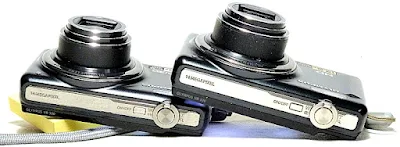

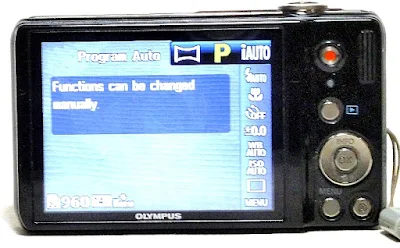
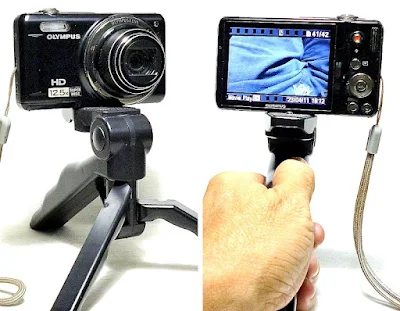






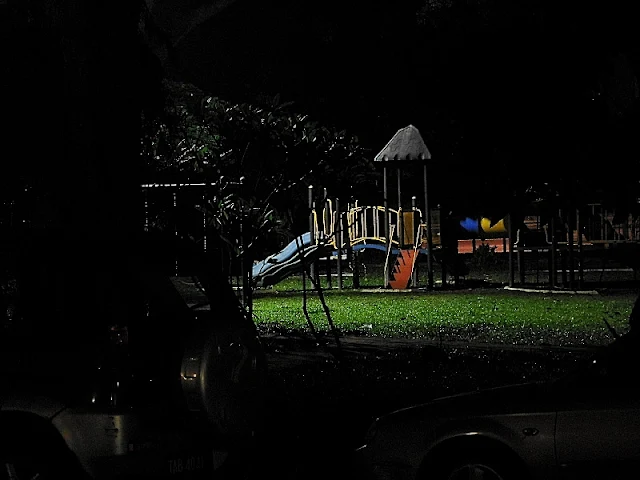


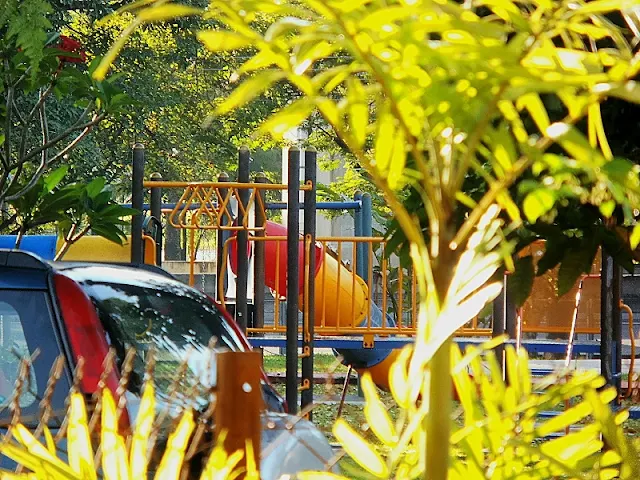
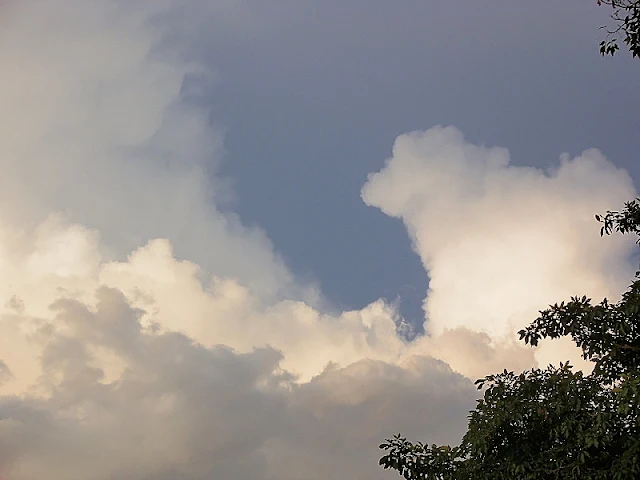












No comments:
Post a Comment